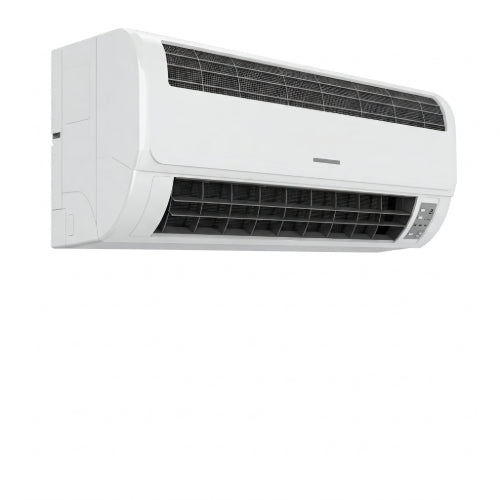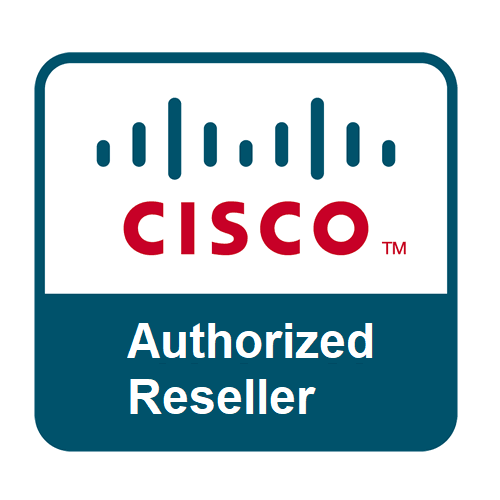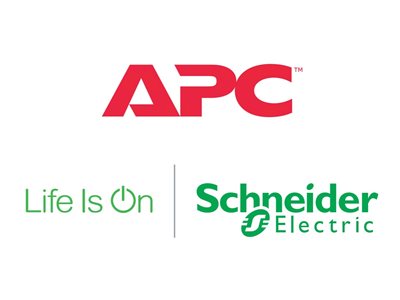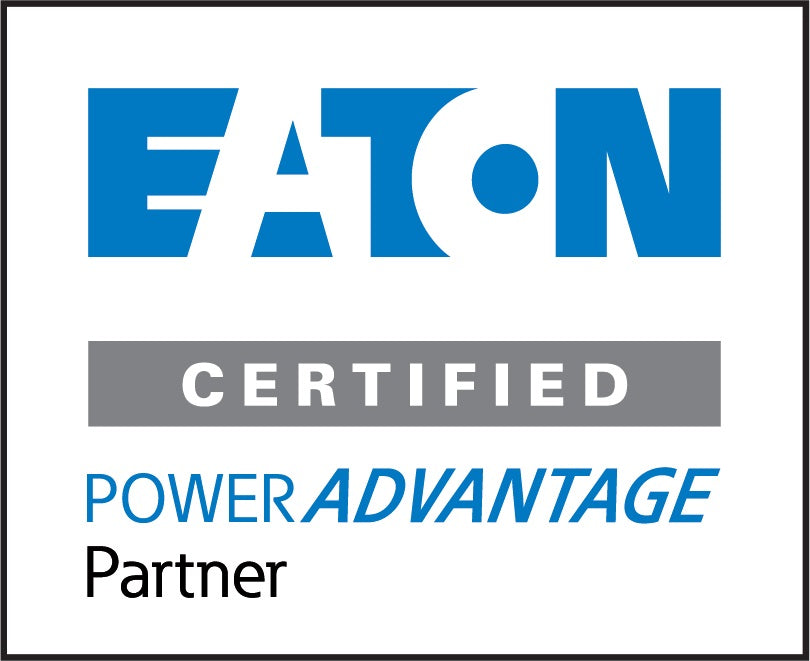Staying Cool Under Pressure: How to Choose the Best Cooling System for Your Home Office
Working from home has become the new normal for many, offering flexibility and convenience. However, one challenge that often arises, especially in warmer climates like ours here in Dasmariñas, is maintaining a comfortable and productive home office environment. An overheated workspace can lead to discomfort, decreased focus, and even technical issues with your equipment. That's why choosing the right cooling system is a crucial investment.
But with so many options available, how do you decide which cooling solution is best for your specific needs? Let's break down the factors to consider and explore the various cooling systems you might encounter.
Understanding Your Needs: Key Considerations
Before diving into specific cooling systems, take a moment to assess your individual requirements:
- Room Size: The size of your home office is the most significant factor. A small room won't require the same cooling power as a larger space.
- Budget: Cooling systems range dramatically in price, both for the initial purchase and ongoing energy costs. Determine your budget upfront.
- Existing HVAC System: Do you have central air conditioning in your home? If so, ensuring proper airflow to your office might be sufficient.
- Insulation: How well-insulated is your home office? Poor insulation will make it harder and more expensive to keep the room cool.
- Sun Exposure: Does your office receive direct sunlight for extended periods? This will significantly increase the cooling load.
- Portability: Do you need a cooling solution that can be easily moved between rooms?
- Noise Level: Some cooling systems can be quite noisy, which can be disruptive during work calls or tasks requiring concentration.
- Air Quality: Do you have any concerns about air quality? Some cooling systems offer filtration features.
- Energy Efficiency: Consider the long-term running costs and environmental impact of your chosen system.
Exploring Your Cooling Options:
Now, let's look at the different types of cooling systems commonly used for home offices:
1. Central Air Conditioning (Central AC):
- Pros: Efficient for cooling the entire house, including your office. Consistent temperature control and often quieter than individual units. Can improve air quality with filtration.
- Cons: High upfront cost and installation if you don't already have it. Can be less energy-efficient if you're only cooling one room. Requires professional maintenance. May not allow for personalized temperature control in your office.
2. Window Air Conditioner (Window AC):
- Pros: Relatively affordable to purchase and install (DIY possible). Effective for cooling a single room. Offers independent temperature control.
- Cons: Can be noisy. Obstructs the window view and natural light. Can be less energy-efficient than central AC for cooling a large area. Requires a suitable window for installation. Can be less secure.
3. Portable Air Conditioner:
- Pros: Easy to move between rooms. Doesn't require window installation (though it needs venting through a window or door). Offers independent temperature control.
- Cons: Generally less energy-efficient and more expensive to run than window ACs of similar cooling capacity. Can be quite noisy. Requires regular emptying of water condensation (some models are self-evaporating). Takes up floor space.
4. Evaporative Cooler (Swamp Cooler):
- Pros: More energy-efficient than traditional ACs. Uses water evaporation to cool the air, which can be beneficial in dry climates. Doesn't require window venting in the same way as portable ACs. Can add moisture to the air.
- Cons: Less effective in humid climates (like ours in the Philippines). Can increase indoor humidity levels, which might be uncomfortable or cause issues with electronics. Requires regular water refills and maintenance.
5. Ceiling Fan:
- Pros: Relatively inexpensive to install and operate. Circulates air, creating a cooling breeze effect. Can be used in conjunction with AC to improve airflow and efficiency.
- Cons: Doesn't actually lower the room temperature; it cools you through evaporation of sweat. Ineffective when you're not in the direct airflow.
6. Desk Fan or Tower Fan:
- Pros: Very affordable and portable. Provides localized airflow for personal cooling.
- Cons: Doesn't lower the room temperature. Only effective for direct personal cooling. Can be noisy.
Making the Right Choice for Your Home Office:
Considering the factors and options above, here's a general guide to help you decide:
- Small Office, Tight Budget: A window AC or a portable AC might be the most practical options. Weigh the noise level and energy efficiency against portability. A desk fan can offer supplemental cooling.
- Small to Medium Office, Flexibility Needed: A portable AC offers the most flexibility, but be mindful of the noise and energy consumption.
- Home with Central AC: Ensure proper airflow to your office by keeping vents open and considering a small desk fan for extra personal cooling if needed.
- Dry Climate: An evaporative cooler can be an energy-efficient option, but consider the humidity levels in Dasmariñas.
- Focus on Air Circulation: A ceiling fan is a great addition to any setup to improve airflow and can help you feel cooler even without lowering the temperature significantly.
Tips for Maximizing Cooling Efficiency:
No matter which cooling system you choose, here are some tips to help maximize its efficiency and keep your home office comfortable:
- Close Windows and Doors: Prevent hot outside air from entering your office.
- Use Blinds or Curtains: Block direct sunlight, especially during the hottest parts of the day.
- Ensure Good Insulation: Seal any drafts around windows and doors.
- Maintain Your Cooling System: Regularly clean filters in AC units and ensure proper water levels in evaporative coolers.
- Use Fans Strategically: Ceiling fans should rotate counter-clockwise in summer to push cool air down.
- Consider Smart Thermostats: If you have central AC, a smart thermostat can help optimize energy usage.
Choosing the best cooling system for your home office is an investment in your comfort and productivity. By carefully considering your needs and the various options available, you can create a cool and conducive workspace where you can thrive, no matter the temperature outside in our beautiful part of the Philippines. Stay cool and stay productive!







